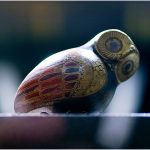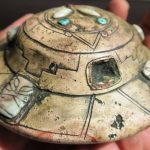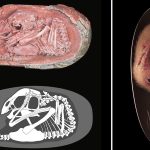Houses in Pompeii Reopened to Visitors: “Lovers, like bees, lead a life as sweet as honey”
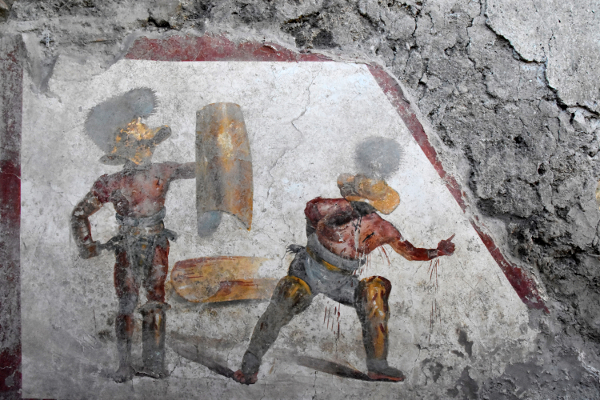
The Great Pompeii Project, an EU project begun in 2014, has completed its restoration works in Regiones I, II, and III (Southeast part of the site). They also made some new discoveries in Regione V, including an amazingly well preserved fresco depicting gladiators fighting.

Straight out of Spartacus: a gladiator loses his arm in a newly discovered fresco from Pompeii. Image courtesy of The Archaeological Park, Pompeii
La Casa del Frutteto (The House of the Orchard)
Also known as the House of Euplia and the House of the Floral Cublicula, the home is on the smaller side compared to some of Pompeii’s more well known houses, but is decorated with beautiful frescoes presenting some of the best examples of garden vistas found in Pompeii. One room has little painted vignettes of with Egyptianizing themes, set amongst the birds and foliage, likely indicative of the owner’s affiliation with the cult of Isis, which was prominent at Pompeii.
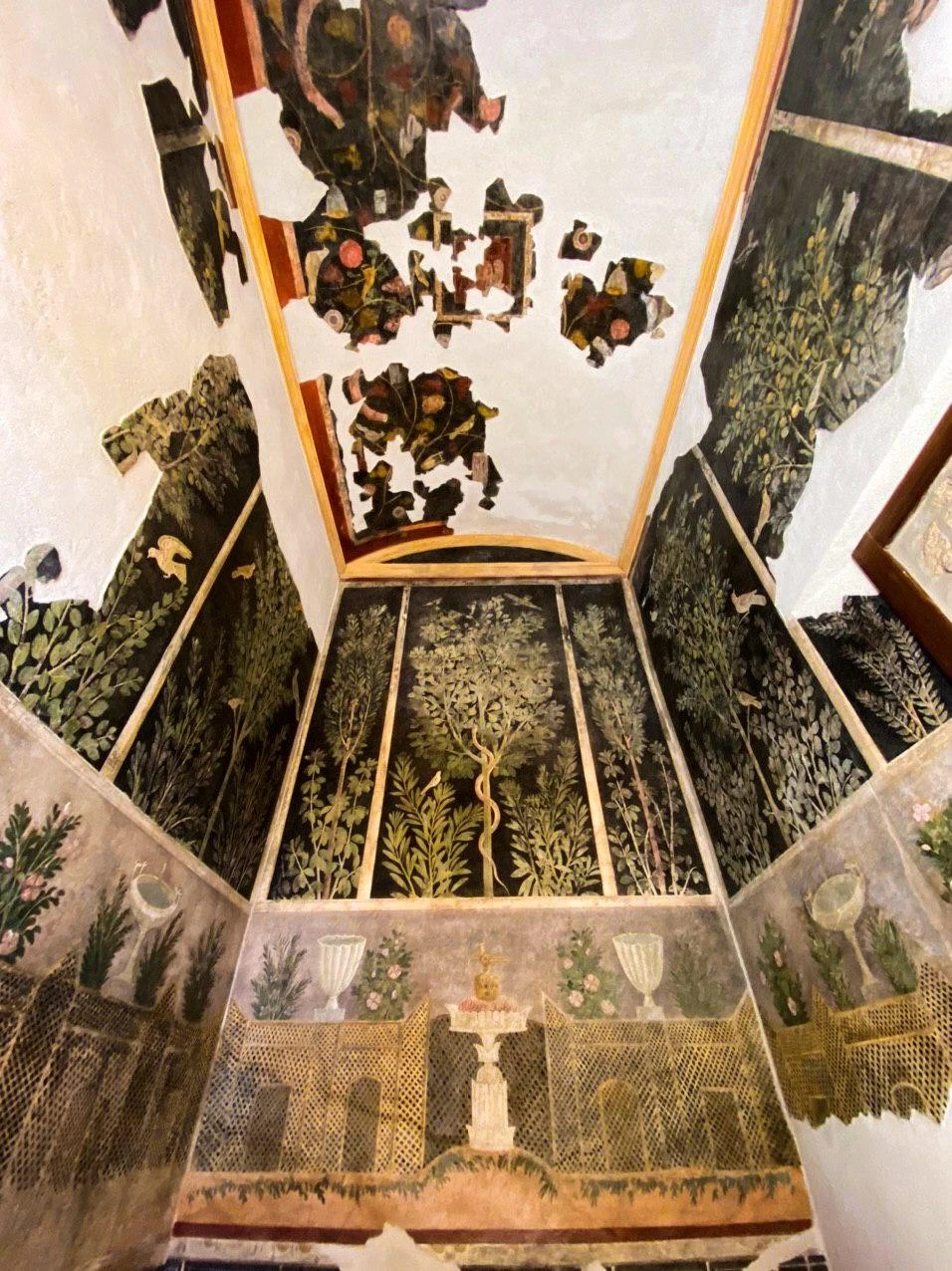
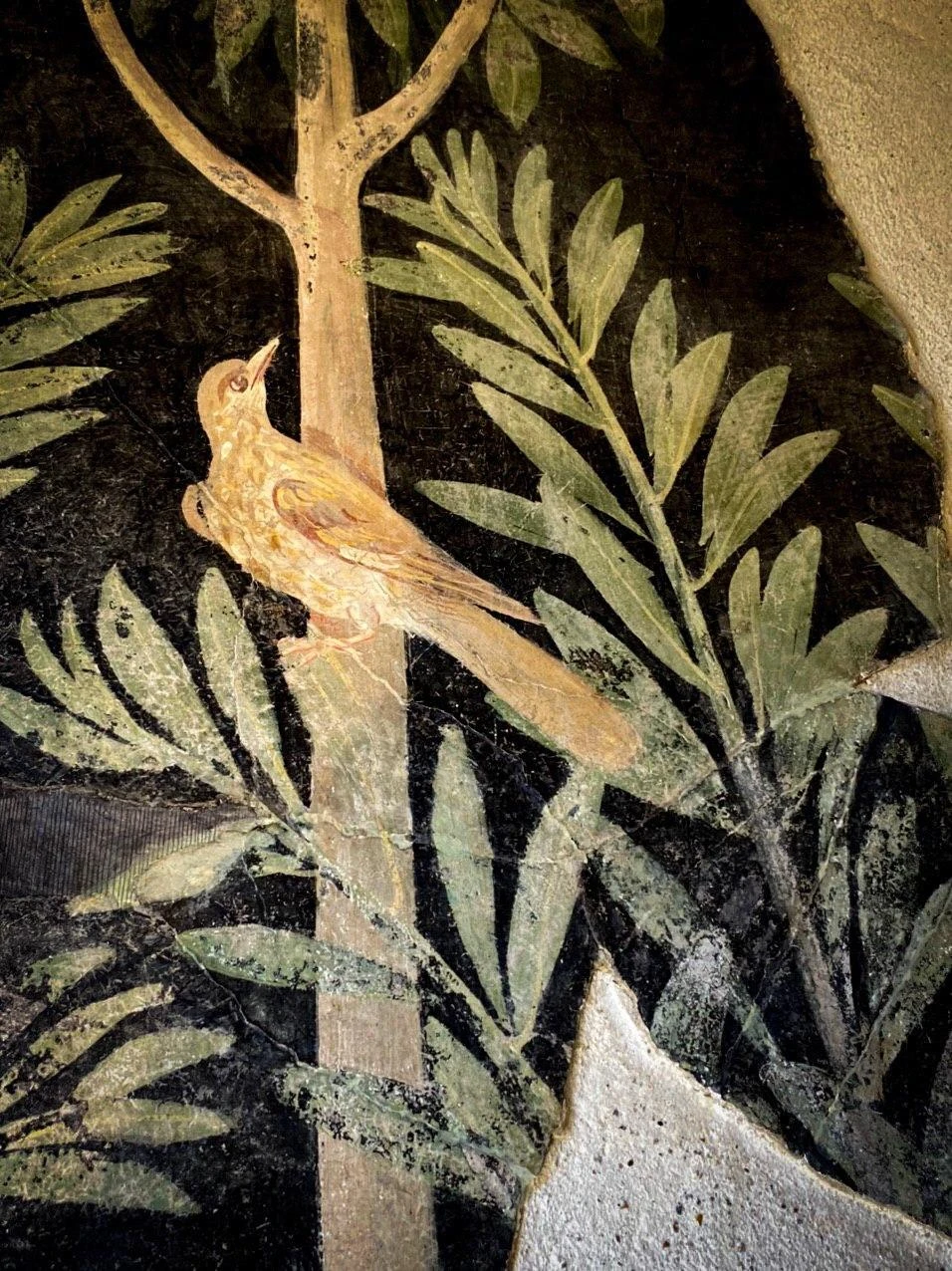
Detail of a bird, House of the Orchard. Image courtesy of the Italian Ministry for Heritage and Cultural Activities and for Tourism.
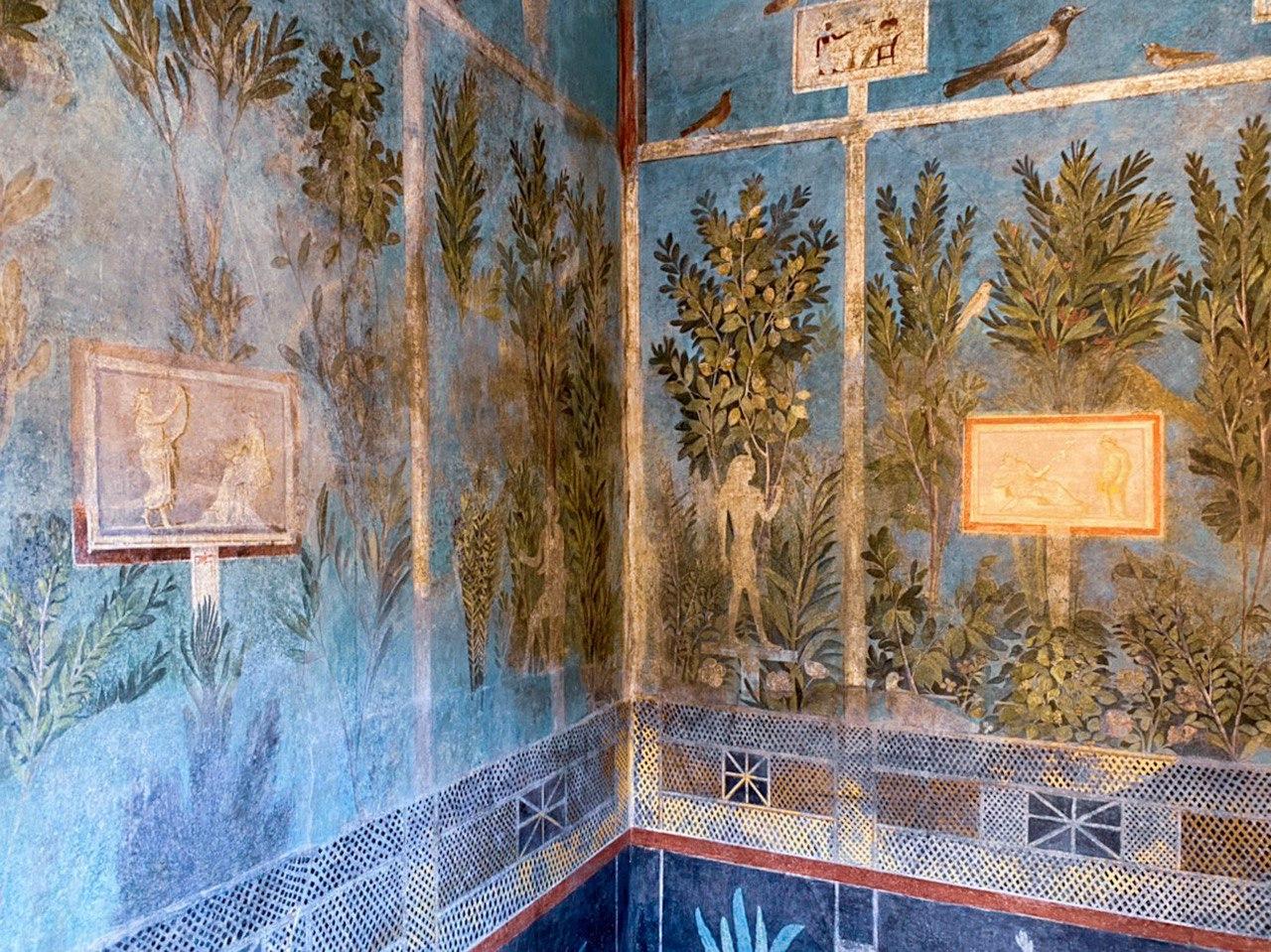
Garden scenes with small painted vignettes. Note at the top right – a vignette in Egyptianizing style. Image courtesy of the Italian Ministry for Heritage and Cultural Activities and for Tourism.
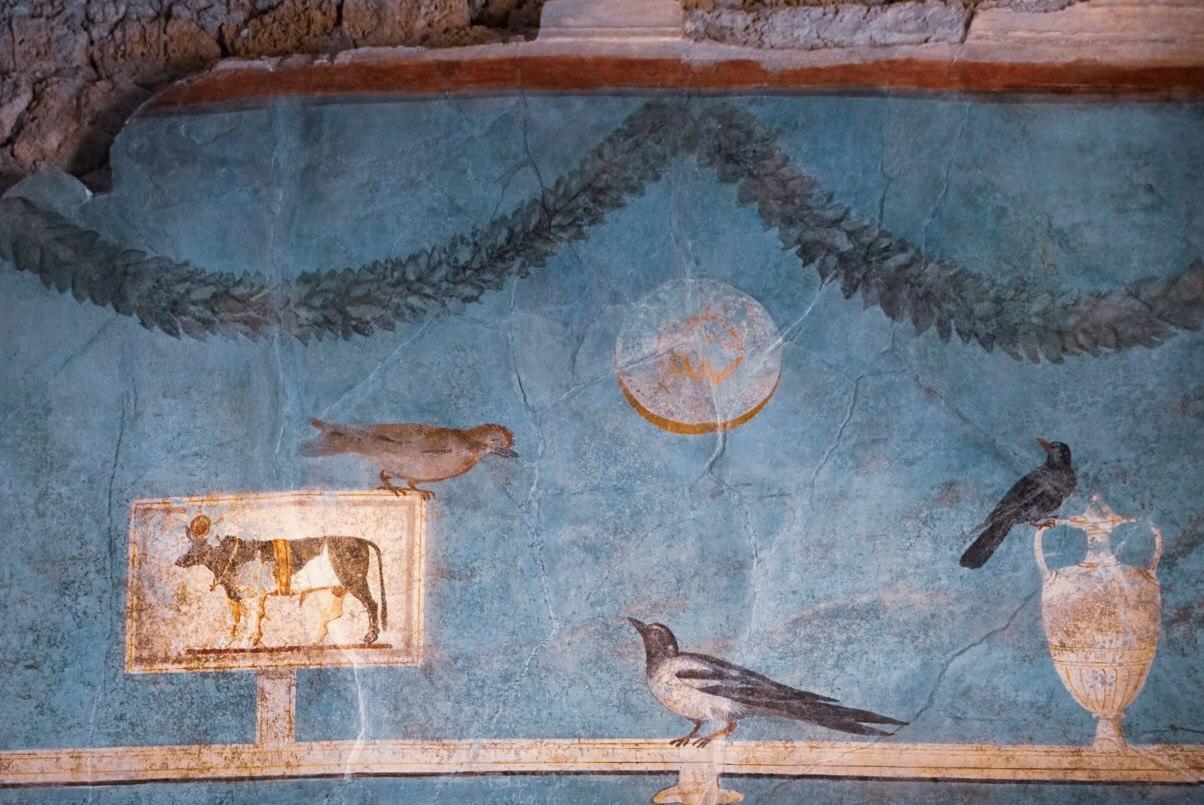
Wall painting from the House of the Orchard. On the left is a small vignette/placard depicting the Apis bull of Egypt. The appearance of Egyptian themes in the decoration of this house suggests that the owner may have been a devotee of the cult of Isis. Image courtesy of the Italian Ministry for Heritage and Cultural Activities and for Tourism.
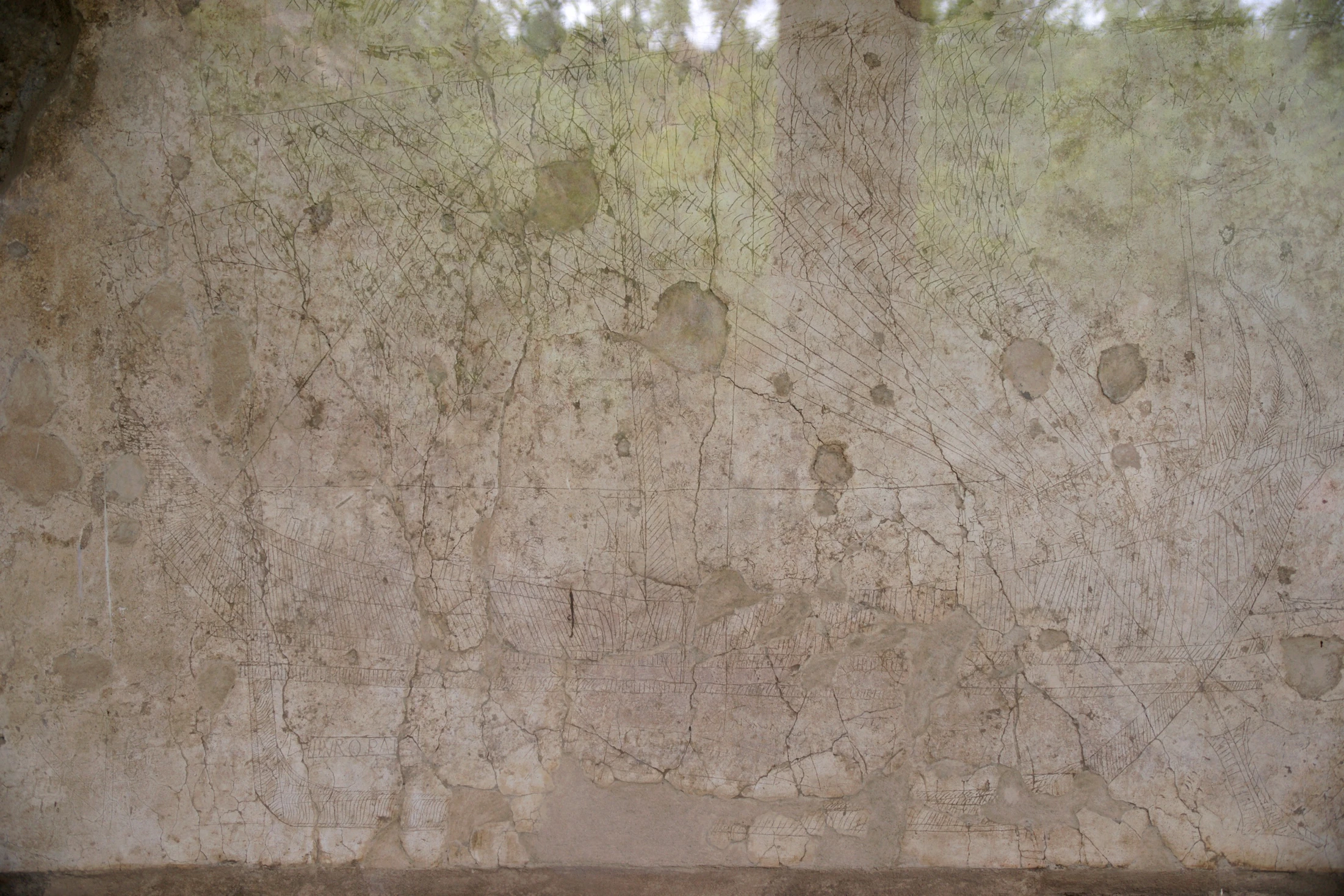
Incised drawing of a cargo ship, “Europa”, from a house in Pompeii. Wikimedia Commons, Attribution-ShareAlike 3.0 Not Ported
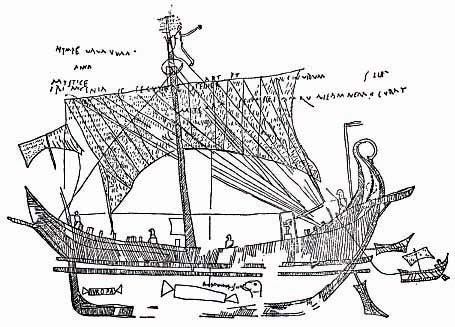
Drawing of a wall graffiti of a cargo ship, “Europa”, from a house in Pompeii
